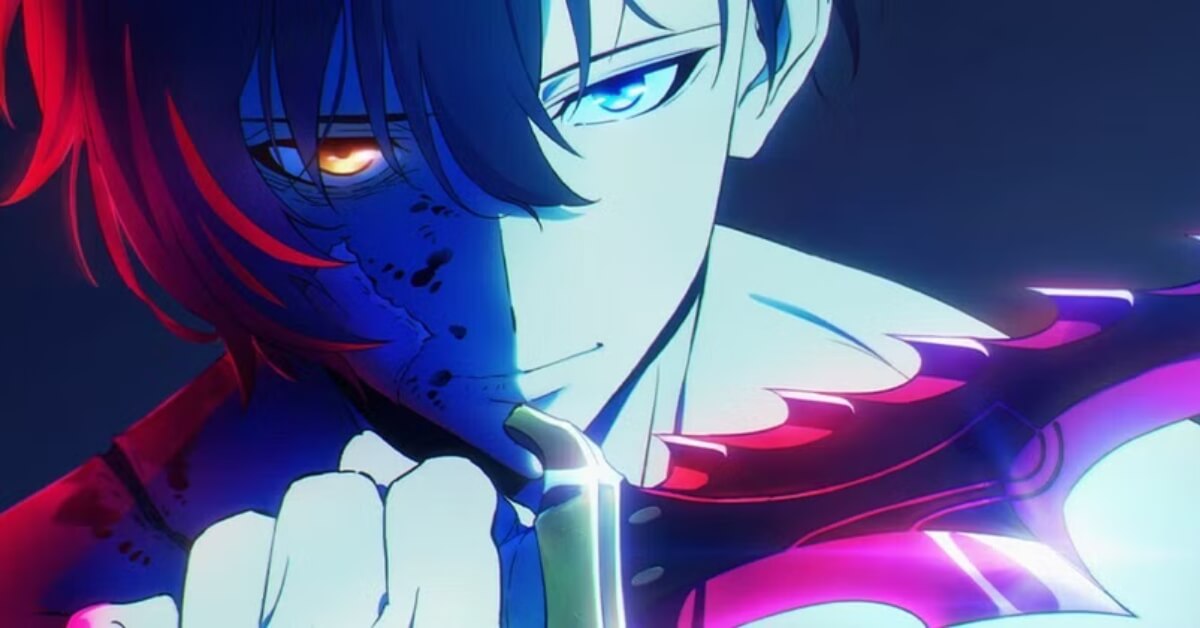While the Solo Leveling anime adaptation has ignited noteworthy enthusiasm among fans internationally, one component that has produced some argument is the choice to tweak the names of characters to the Japanese form of the anime.
This modification has left fans pondering why such changes were made and what impact it may have on the general feeling.
The makers of the “Solo Leveling” anime, A-1 Pictures, changed the Korean locations and names, like the protagonist Sung Jin-woo, to Shun Mizushino in the Japanese version to enhance relatability. Thus allowing Japanese viewers to engage more smoothly with the story and characters. This helps bridge cultural differences.
Are the Names and Locations Changed in the Japanese Version of Solo Leveling? Why Is It Done?
Fans of “Solo Leveling” are enjoying its anime adaptation, which is in the capable hands of A-1 Pictures, the studio renowned for hits such as “Sword Art Online” and “Kaguya-sama: Love is War.”
But it looks like they have made some changes to the anime adaptation that have raised eyebrows.
The Korean characters whose names have been changed in the Japanese version of Solo Leveling are:
- Sung Jin-woo is Shun Mizushino
- Yoo Jin-ho is Kenta Morobishi
- Sung Jin-ah is Aoi Mizushino
- Cha Hae-in is Shizuku Kousaka
- Go Gun-hee is Kyoomi Gotou
- Baek Yoon-ho is Taiga Shirakawa
- Choi Jong-in is Shin Mogami
- Woo Jin-chul is Akira Inukai
Also, as for the locations, Seoul was switched to Tokyo. Additionally, Japanese antagonists took over the original Korean villains.
The alterations in character names for the Japanese version of “Solo Leveling” are influenced by the complex historical relationship between Japan and South Korea.
These two nations have a history marked by ancient and political disagreements, leading to a sensitive dynamic.
Consequently, when Korean works are introduced to the Japanese market, a localization process takes place to eliminate references to Korea. This localization is designed to align with the preferences and sensitivities of Japanese viewers.
This approach maintains cultural consistency and seems to guide most of the changes in character names, titles, and settings between the original Korean version and the Japanese adaptation of “Solo Leveling.”
Overall, the character name changes were influenced by factors like A-1 Pictures’ goal of strengthening the connection with domestic viewers.
Localizing elements such as names and settings enhance relatability, allowing Japanese viewers to engage more smoothly with the story and characters. This helps bridge cultural differences.
What Is Solo Leveling?
“Solo Leveling” is a famous and beloved South Korean web novel-turned-manga that follows the story of Sung Jin-Woo, an E-rank Hunter in a world where Gates have opened, unleashing monsters and granting some individuals unique powers.
Initially considered weak, Sung Jin-Woo miraculously survives a dungeon raid where all his comrades perish, gaining the title of “Player” and the power to level up.
Tasked with hunting monsters and leveling up, he embarks on a journey to become the world’s strongest Hunter, battling formidable foes and unraveling the mysteries of the Gates.
The series is renowned for its compelling character development, intense battles, and captivating plot twists, making it a favorite among fans of the genre.
So, are you happy with the changed names and locations in the Japanese version? Or should these have been kept the same?
Let us know your thoughts in the comments below.

